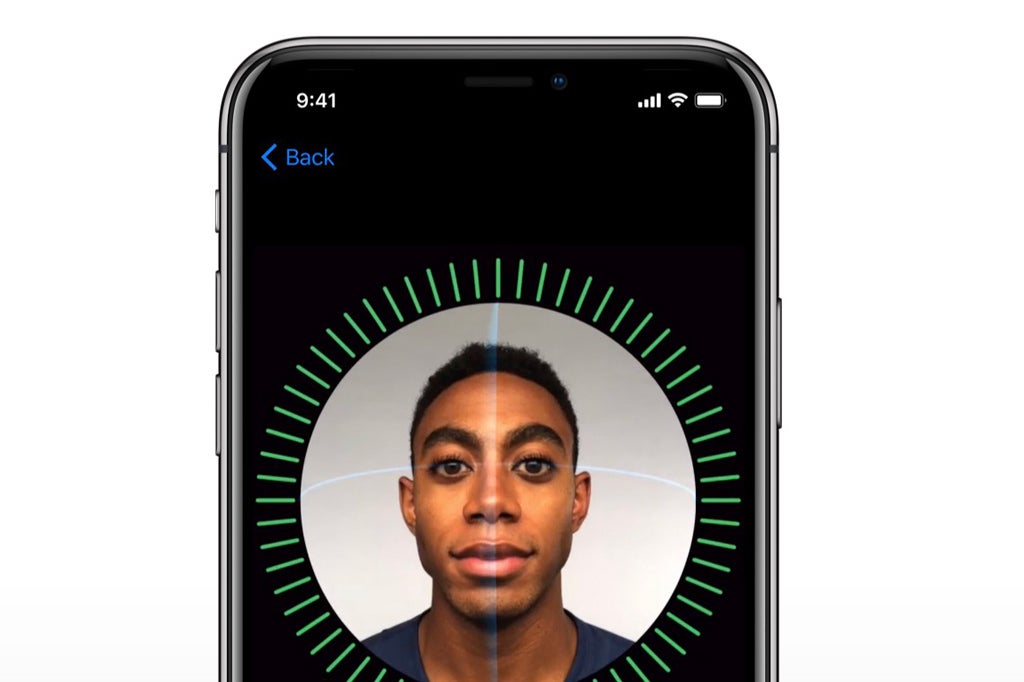Although we always emphasize the equality of rights, rules, opportunities and income distribution, the goal of total equality has not been fully realized. We are now living in a world where inequalities are everywhere. In order to reduce inequality within and among countries, the United Nations has proposed the development goal to transform our world to a more equal society, which attracts wide attention around the world.

Reduced Inequalities, one of the UN sustainable development goals. Source from http://www.un.org/sustainabledevelopment/inequality/
I will talk about two problems and the way we can reduce the inequality below.
Education Crisis in Africa
Among 128 million school-aged children in sub-Saharan Africa, only half of the them can receive education, learn skills and live healthy lives. The great inequality among sex, income and local education can be seen everywhere in large parts of countries which lie in sub-Saharan Africa. In this matter, the cruel reality cannot get away from poverty in African regions. Teachers are more willing to work in cities for more opportunities, higher salary, better quality of life instead of that of the poor region so that they can make better use of good infrastructure, medical care and some other services and public goods. Besides, the economic condition in poor regions causes negative impact on the quality of the education. Many students even leave school and come out to work at a very young age just because of their illnesses and their parents’ illnesses. They need money to cure diseases. As we can see, the phenomenon of unfair education in African regions seriously hinders the development of their society and economy.


Poor educational facilities in Africa. Source from https://www.buildon.org/about/the-education-crisis/ and http://www.worldvision.org.hk/en/learn/education-crisis
In my opinion, to face the education crisis, the local government should publish corresponding measures to address this problem. They need to optimize the infrastructure, sanitary conditions and medical conditions and promote the modernization of agriculture. Besides, stepping up urbanization construction is a great strategy that promotes the development of industrialization and economic growth, and narrows the difference between urban and rural areas in the quality of education. The African government should take actions immediately to collaborating with other countries to improve teaching standards and quality, otherwise the talents of thousands of younger generations in Africa will be ignored, and the economy and society in Africa will be more and more depressed.
Reduce Gender Inequality in Life and at Work
Gender inequality mainly refers to the inequality of the women social status in the society. In ancient times, men dominate the society because of the advantage of physical strength in agricultural civilization. However, when we are in the age of industrial civilization and information, the development of society mostly depends on our brains. Since there are almost no differences in intelligence between men and women, women’s position will be definitely improved and gender equality will finally be achieved, which is the inexorable law in social development.

Workplace Gender Equality. Source from https://www.forbesmiddleeast.com/en/u-a-e-leads-for-workplace-gender-equality-in-mena/
However, although some measures have been taken to minimize the gender inequality, they are not sufficient. In the traditional concept, women are viewed as weaker than men. In many rural areas in China, the misconceptions that men are superior to women is still dominating many people’s minds. Thanks to the One Child Policy, families prefer boys than girls, and due to this out-of-date concept, there has been female infanticide on a vast scale.

Source from https://www.youtube.com/watch?v=eNKQT7Ub2Ps
In work places, although 40% of the global work force are women, they are paid much below than that of male workers when doing the same kind of job, despite being equally knowledgeable and skilled. One study has shown that Japan will lose 15% of its GDP if the problem of gender discrimination is not addressed in the future. Beyond the economic costs, gender discrimination can also cause huge loss to not only the individual but also the society. Although more than half of the population in the world are females, only 7% of them are government leaders. If we want to further promote gender equality, women equal voice should be emphasized in public life, otherwise the decisions and policies which made by the governments are more advantageous for men.
From my point of view, the achievement of gender equality needs combined efforts of men and women. In China, I think men should take the same(or more) responsibility in family as women. Why? Because on average women spend more time and efforts on the family and bring up their children so that they may sacrificed their own career. If men and women share the same responsibilities in family, women will have more time and energy to develop their own business. Fundamentally, we must respect for women from the bottom of the heart. Only by doing these, we can reduce the gender inequality and improve the position of women. Recently, the One Child Policy has been changed to the Two Child Policy. I think this will be a good start in the process of pursuing gender equality in the future in China.
Reference:
[1] https://www.brookings.edu/blog/up-front/2012/09/17/africas-education-crisis-in-school-but-not-learning/
[2] https://borgenproject.org/10-facts-africas-education-crisis/
[3] http://bold.expert/a-new-approach-to-africas-education-crisis/
[4] https://en.wikipedia.org/wiki/One-child_policy
[5] https://www.summer.harvard.edu/inside-summer/gender-inequality-women-workplace
[6] https://www.huffingtonpost.com/nake-m-kamrany/gender-inequality_b_1417535.html



















 Picture 3. Face recognition on the iPhone X. Source from
Picture 3. Face recognition on the iPhone X. Source from 
